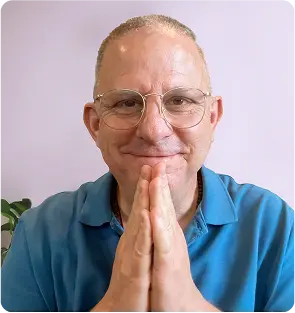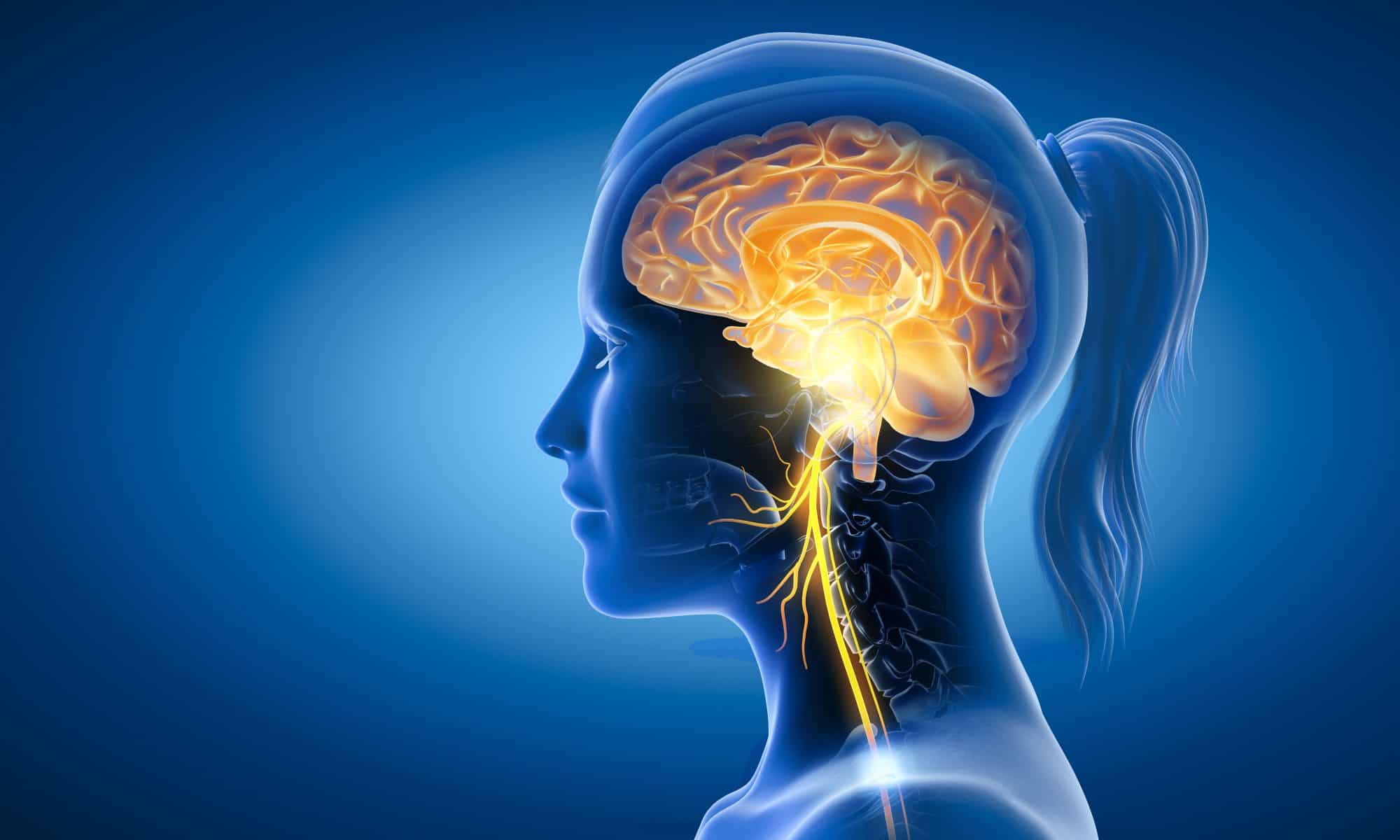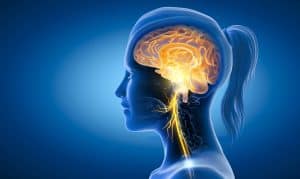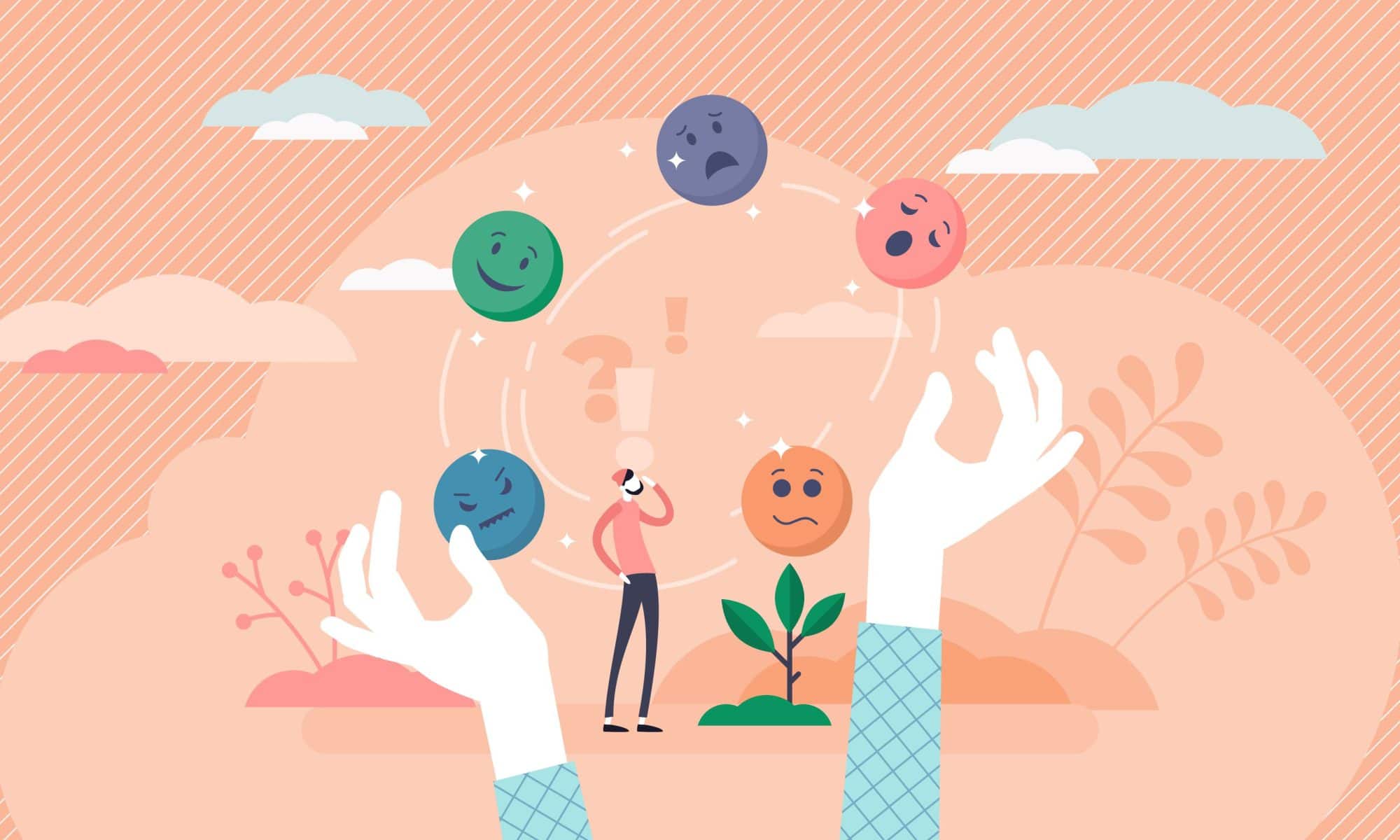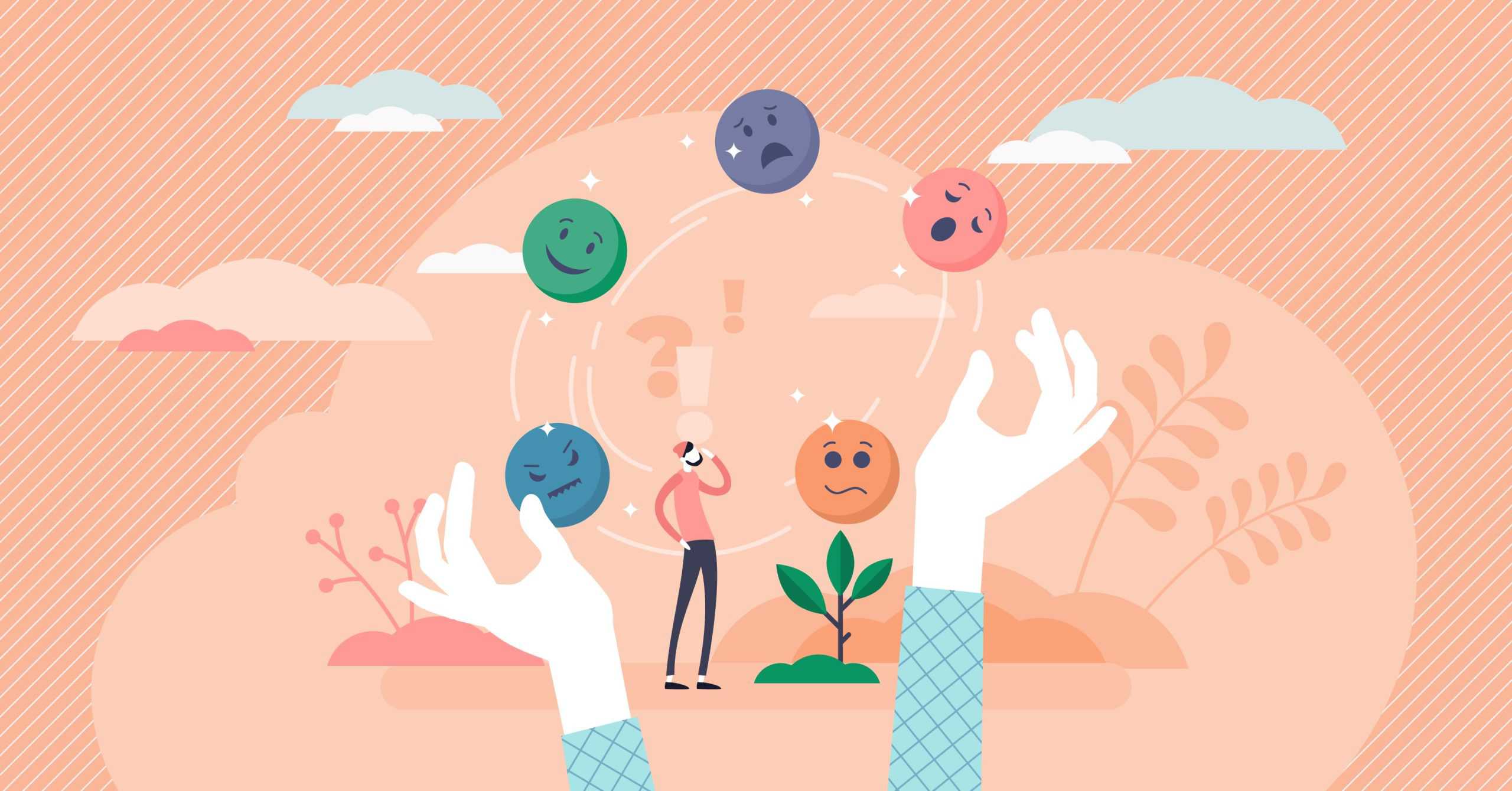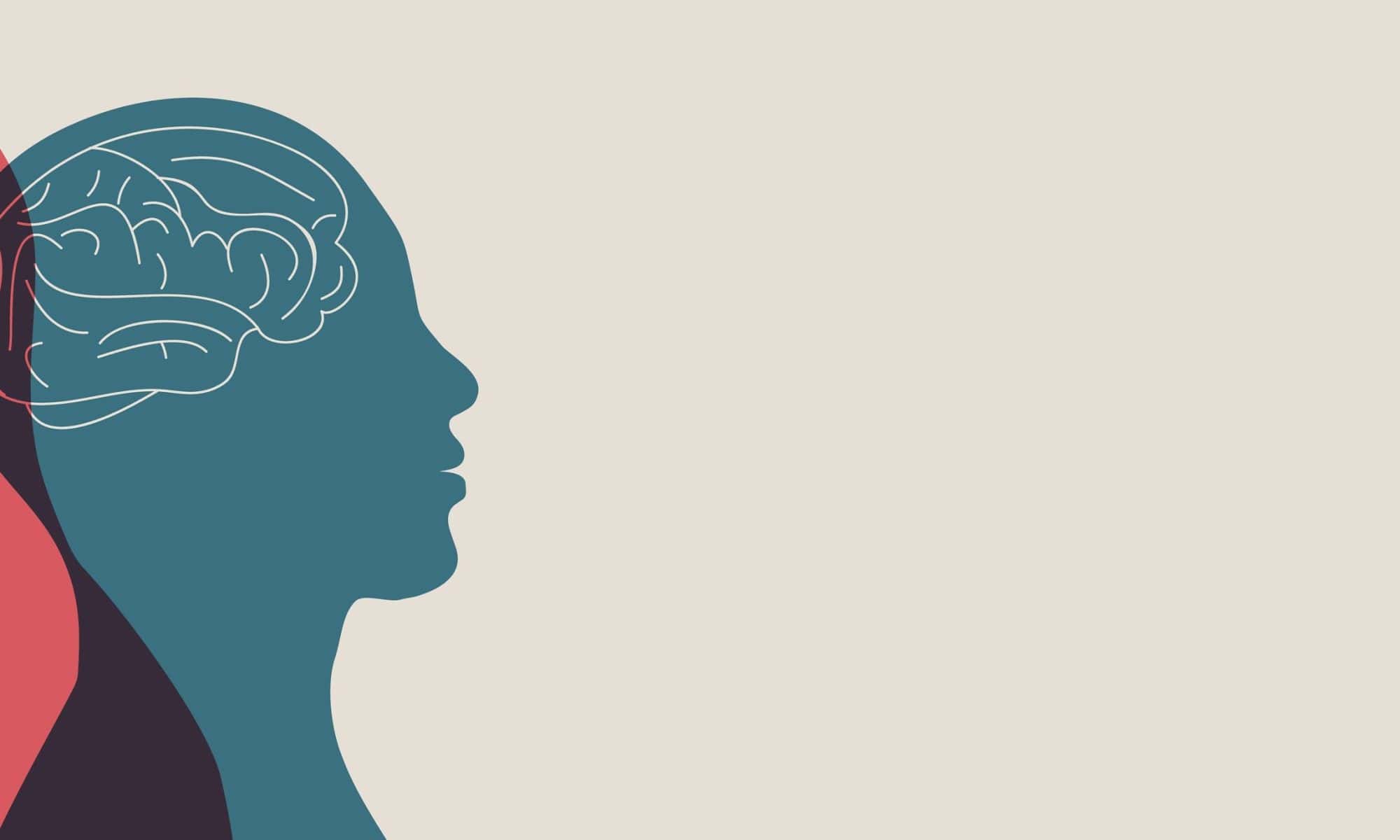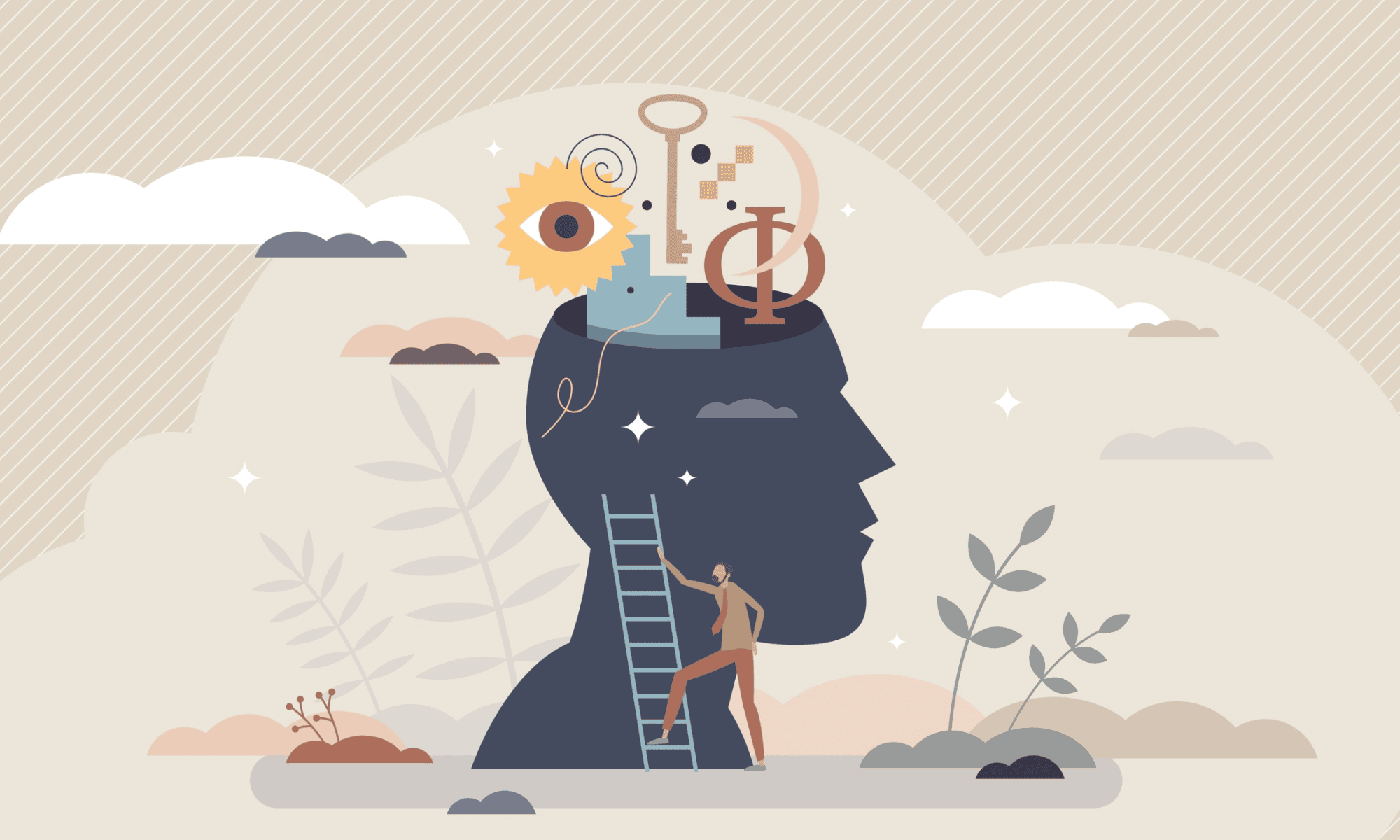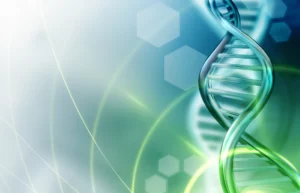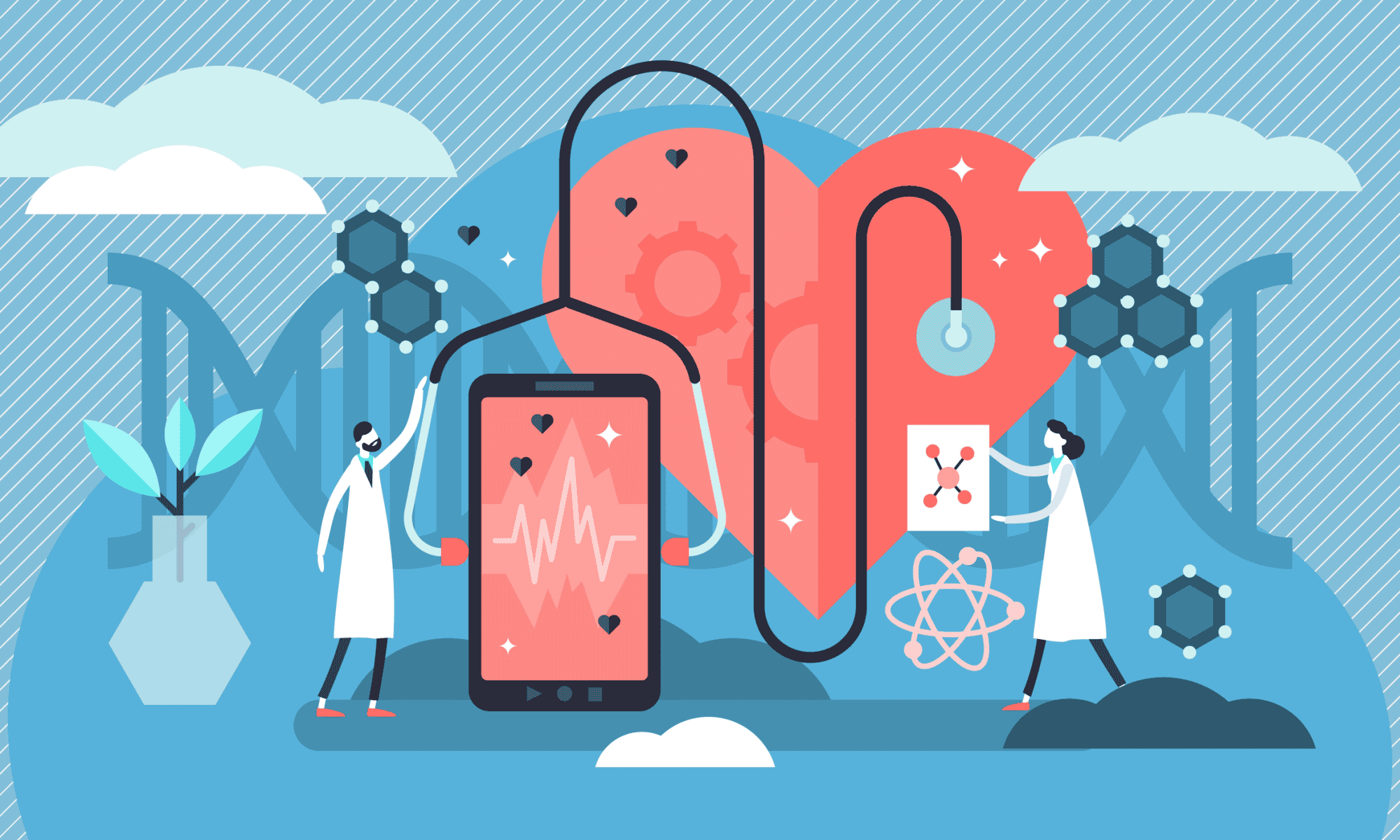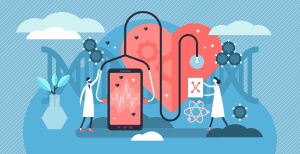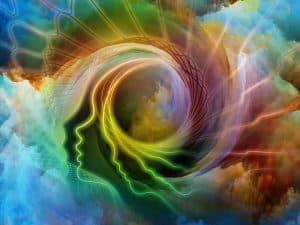Last modified: Aug. 15, 2025.
Oftentimes, we hear the terms psychopath vs sociopath vs narcissist used interchangeably. You may also hear people described as “self-obsessed,” “self-absorbed,” or “self-focused.” But what do all of these terms mean, and are they all different ways to say the same thing?
In fact, all of these terms refer to different conditions that have unique symptoms and effects. Read on to learn more about psychopath vs sociopath vs narcissist, as well as why self-obsession is beginning to take over our culture.
What Is a Sociopath? Traits and Examples
Sociopathy is a mental disorder describing someone who can’t feel empathy for the people around them. Sociopaths have several different antisocial behaviors and attitudes.
These people often interact through manipulation and lying. They can often be aggressive and get ahead in the world by exploiting and manipulating the people in their lives.
Sociopaths can be hard to spot since, despite the fact that they don’t have a conscience, they can be very charming. They’re often smart and have learned how to behave in ways that allow them to control others to get where they want. Only about 3 percent of the population meets the criteria for sociopathy.
What Is a Psychopath? Key Characteristics
Although there are a number of similarities between sociopaths vs. psychopaths, the two are quite different. Whereas sociopaths don’t empathize with the people around them, psychopaths are unable to feel any normal emotions at all.
A sociopath may not be able to feel guilty for hurting another person. A psychopath may not be able to feel joy on Christmas morning or sadness when a relationship ends.
Like sociopaths, psychopaths may be very charming and so hard to identify when you meet them. Often these people are outwardly charming, pathological liars, prone to a grandiose sense of self-worth, callous, impulsive, and manipulative. Only about 1 percent of men and about 0.5 percent of women are psychopaths.
What Is a Narcissist? Signs and Core Patterns
The differences between a sociopath vs. psychopath vs. narcissist can be very subtle. Narcissistic personality disorder can share a lot of symptoms with sociopathy and psychopathy. In many cases, the diagnoses overlap.
But narcissism is one particular facet of antisocial behavior that may show up in sociopaths and psychopaths.
Narcissism is a condition in which someone has an inflated sense of their own importance. They are someone who can’t feel empathy for others, and an obsessive need for admiration and attention. Underneath this bravado is a fragile self-esteem that relies on constant praise from others to stay intact. Only about 1 percent of the population are true narcissists.

How Self-Obsessed, Self-Absorbed, and Self-Focused Behaviors Differ
The terms self-obsessed person, self-absorbed, and self-focused are not official medical diagnoses. Rather, these terms focus on different aspects of some similar negative personality traits. Oftentimes, these may overlap with some of the antisocial behaviors we see in sociopaths and psychopaths.
A self-obsessed person is extremely preoccupied with themselves and their own concerns. They “can’t see past the end of their nose,” and they may not have much empathy for the people around them. For these people, their own problems, concerns, struggles, and cares are much more important than those of anyone else around them.
What Is a Self-Absorbed Person?
Although a self-absorbed person and the self-obsessed are similar, the two personality traits are not identical. In some cases, being self-absorbed may be a temporary state of being, rather than an overall personality flaw. A self-absorbed person may not have the same overinflated ego that the self-obsessed do.
Self-absorbed people are totally wrapped up in their own thoughts, activities, and interests. In some cases, a person may be self-absorbed for a short period of time when they’re lost in thought or preoccupied by something going on in their life. The problem arises when that distraction becomes long-term.
What is a Self-Focused Person?
Like self-absorbed, the term “self-focused” isn’t always a negative thing. Self-focus can help a person to be more aware of their actions and how they impact others, as well as how they can change those behaviors. But, like anything, too much self-focus can turn into a negative thing and may cause problems in your life.
Self-focus is a state of mind in which you’re aware of your thoughts, actions, interactions, and appearance. In moderation, this can help you to better interact with the world around you and change unhealthy behaviors. But if you become too focused on yourself, you could slip into self-absorption or self-obsession.
The Role of Influencer & Celebrity Culture in Growing Self-Obsession
These days, it seems like more and more people are becoming self-absorbed or self-obsessed to the point of bordering on narcissism. Influencer culture and our societal addiction to social media may play a role in this shift. People are becoming obsessed with the dopamine rush they get from getting likes on social media.
It’s important to note that you won’t become a sociopath or psychopath just from looking at Instagram too much. These are complex medical diagnoses that involve aspects of both nature and nurture. However, influencer culture can cause you to become self-obsessed, which can be just as destructive for your life.
The Role of Celebrity Obsession
Our cultural obsession with celebrities may also play a role in the increasing self-obsession we’re seeing around us. Tabloid media is constantly shoving details of these celebrities’ lives down our throats. We start to think of these people as something akin to fictional characters, and we compare our lives to their seemingly perfect ones.
Over time, we may start to become obsessed with the idea that if we can just be good enough, we can live the sort of charmed life these celebrities and influencers do. We may make changes to our bodies, filter out lives in certain ways on social media, or go into debt trying to mimic that lifestyle. Over time, that insecurity about our looks or our lifestyle can morph into a full-on self-obsession as we strive for that perfect life the celebrities and influencers seem to live.

How to Shift Away from Self-Obsession and Recenter Your Life
So how do we break out of this vicious cycle of insecurity, self-obsession, and unhealthy behavior? The key lies in decentering ourselves and refocusing on what is truly important in this life. Once we are pursuing true peace and meaningful joy, we won’t crave hollow affirmation from social media attention.
It’s important to remember that your self-worth is absolute and comes from within. As we remind you at the end of each of our posts, you are a beautiful Living Being filled with light and love, born from stardust. Breathe deeply into your divine worth, take time to remember that your beauty comes from your soul, and turn your attention outward to the radiant souls traversing this world around you.
Learn More About Sociopaths and Psychopaths
At first glance, sociopaths and psychopaths, as well as narcissists and the self-obsessed, may all seem the same. But each of these conditions describes different levels and types of antisocial behavior. Decentering ourselves and returning focus to the true beauty of life can help us to break out of these toxic cycles of self-obsession.
If you’re concerned about someone in your life and are looking for guidance, I am here to support you. An intuitive reading can help you gain insight into yourself or your situation, and help you improve your life.
REMEMBER!
You are a beautiful Living Being filled with light and love, born from stardust. You are unlimited potential in every direction. With a focus on discipline, virtue, and your own goodness, you can become as expanded and liberated as you desire.
Q&A
Q1: What is the main difference between a psychopath and a sociopath?
A psychopath typically lacks all normal emotional responses, while a sociopath may feel some emotions but struggles with empathy and remorse. Psychopaths are often more calculated and less prone to impulsive rage.
Q2: Can someone be both a narcissist and a sociopath?
Yes. These conditions can overlap. A person may display narcissistic traits (like craving admiration) while also manipulating others without empathy, aligning with sociopathy.
Q3: How common are narcissists, sociopaths, and psychopaths?
Approximately 1% of the population has narcissistic personality disorder, 3% qualify as sociopaths, and 1% or less are psychopaths.
Q4: Does too much social media cause narcissism?
Not exactly — but it can fuel self-obsession and validation-seeking, which mirror narcissistic behaviors even in people without a disorder.
Q5: How can I stop being so self-absorbed?
Practicing gratitude, volunteering, mindful listening, and reducing social comparison can help shift your focus outward and build deeper, healthier connections.




